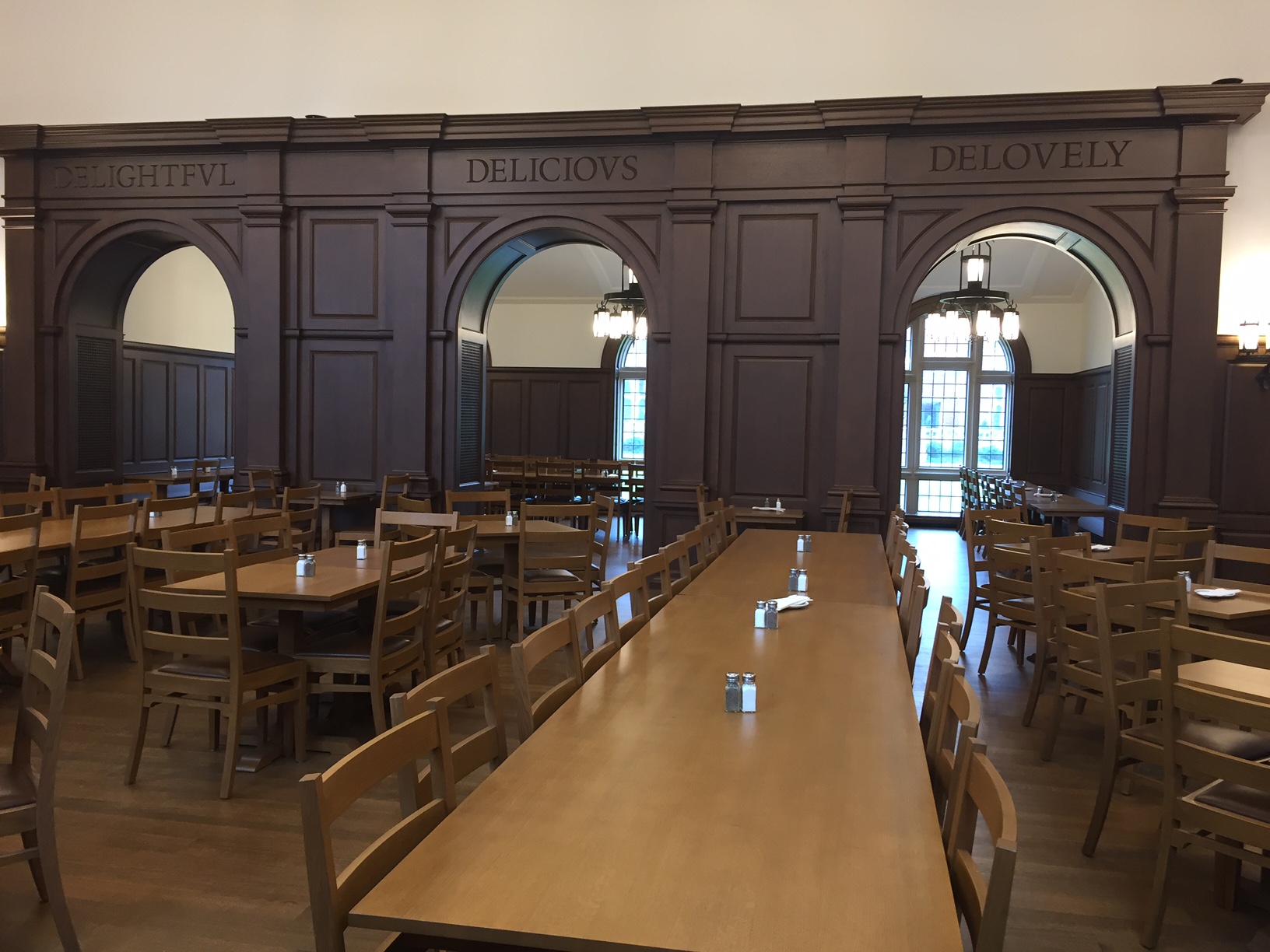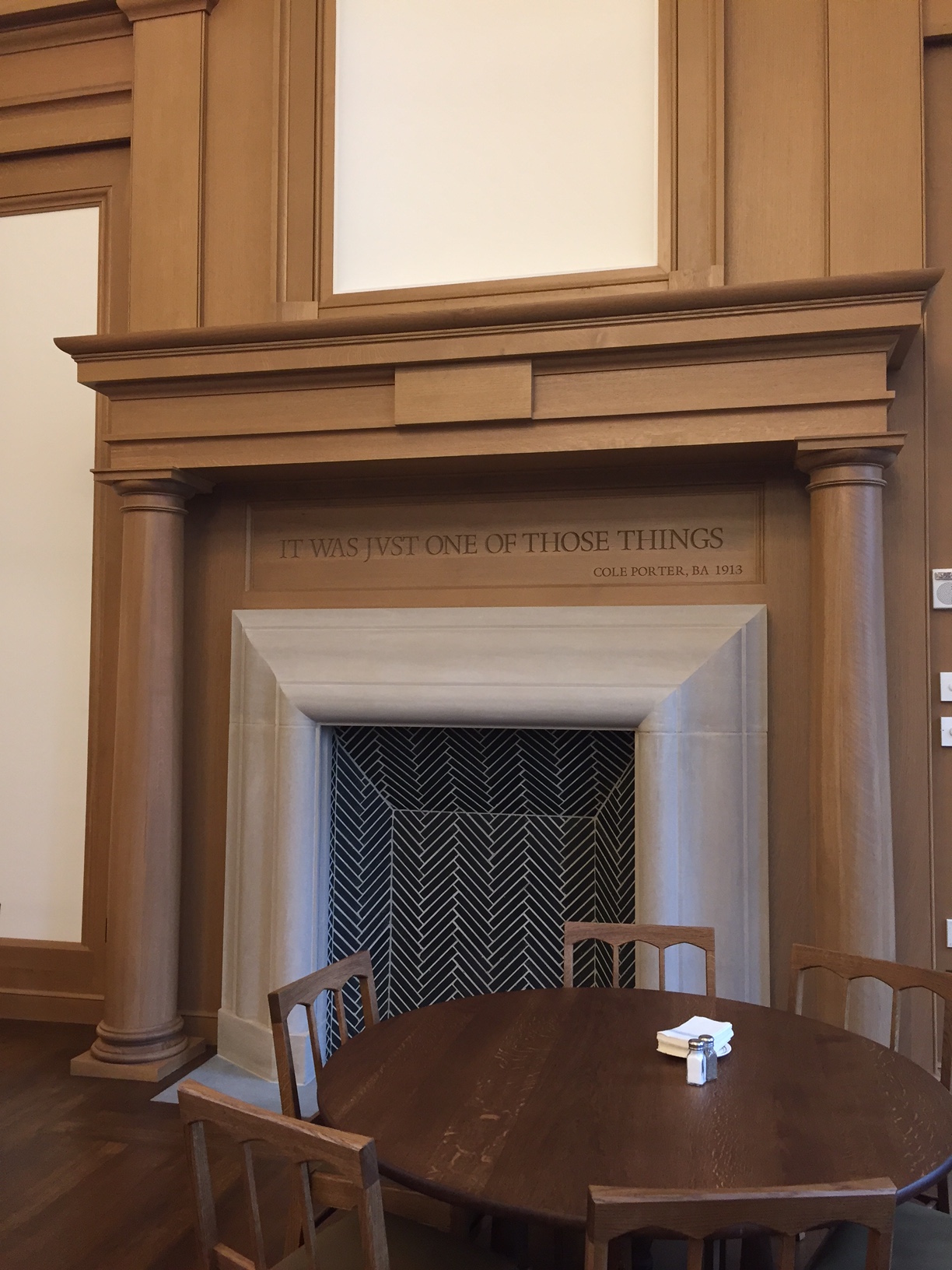After a pause in the face of town and gown opposition, the project to design and construct an off-campus undergraduate apartment complex at the intersection of Reservoir Road and Lyme Road is well underway. The college moved the building site from the east side of Lyme Road to the west side and unveiled a complete-looking design by Ayers Saint Gross (project page).
(Calling this site a part of “the North End” is not accurate. The north end of the campus ends at the Class of 1978 Life Sciences Center. This site is practically in Lyme Township.)
The Valley News quotes alumnus and retired track and field coach Barry Harwick as he hits the nail on the head:
Although Harwick contends there are other approaches to addressing the student housing shortage, some of them at sites in town the college has identified in the past, he believes Dartmouth’s plan is being driven by expedience over other considerations.
“I think that the reason they’re building this out there is that they want a flat piece of land that they already own that can be built on quickly,” he said.
John Lippman, “Dartmouth College tweaks agenda for Lyme Road housing meetings,” Valley News (23 July 2022).
Other articles on the project include: John Lippman, “Dartmouth calls time out on plan to build dorm complex in field along Lyme Road,” Valley News (22 February 2022); John Lippman, “Dartmouth College revises housing plan with student apartments crossing Lyme Road,” Valley News (23 June 2022); “Plan for Student Housing Moved to West Side of Lyme Road,” Dartmouth News (23 June 2022); “Community Session on North End Housing Draws 150 People,” Dartmouth News (12 July 2022); “Community Meeting Discusses Green Space in North End,” Dartmouth News (27 July 2022); “Third North End Meeting Focuses on Transportation,” Dartmouth News (2 August 2022); “North End Meeting: Building the Student Experience,” Dartmouth News (9 August 2022); “North End Meeting Discusses Design and Performance,” Dartmouth News (16 August 2022).
————
Update 10.24.2022: The latest news was left off the post. The apartment project will go before the Hanover Planning Board on November 1 (“North End Housing Project Goes to Hanover Planning Board,” Dartmouth News (19 October 2022)).

